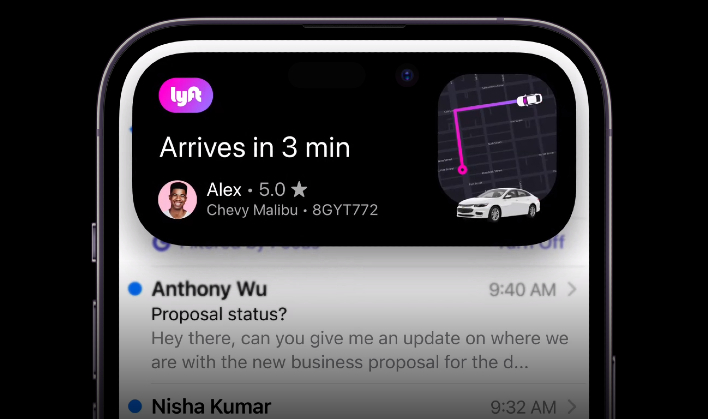Why The iPhone Isn't Likely To Drop In Price Even As Apple Misses Shipment Targets
The price of high-end smartphones has slowly been creeping upward in the last few years, with the iPhone 14 Pro Max with 1TB of storage fetching $1,600. This is in opposition to the top-of-the-line iPhone X in 2017 which sold for $1,150. It could be argued that the nearly $500 jump in price could be accounted for by the latest technology and the current state of the economy. But whether or not consumers would be willing to pay even more for those high-end smartphones is a question not as easily answered, for most.
Apple CEO Tim Cook, however, believes the answer is rather simple. When asked whether or not the rising average sales price of the iPhone was sustainable, Cook indicated that he not only felt it was sustainable, but that consumers would probably shell out more due to the iPhone being such an integral part of their lives.

Moving forward, Apple is more than likely going to try and differentiate between its base model iPhones and its higher-end counterparts. It has already done this with its smartwatch, with an Apple Watch Ultra being released last year. The thought is that the company will follow suit with the yet-to-be-released iPhone 15 series, with an Ultra option.
By making the gap between the base and higher-end iPhones, the tech giant could also attempt to widen the gap in pricing as well. How the company would go about making the jump in cost worthy of an upgrade is yet to be seen.
Due to constraints, such as Covid-19, the supply of the iPhone 14 Pro and Pro Max was significantly impacted. This caused shipping times to be far longer than expected and led to delays for those wanting to get their hands on the new devices. Cook did indicate, however, that Apple's production of iPhones was back to where it wanted to be.

